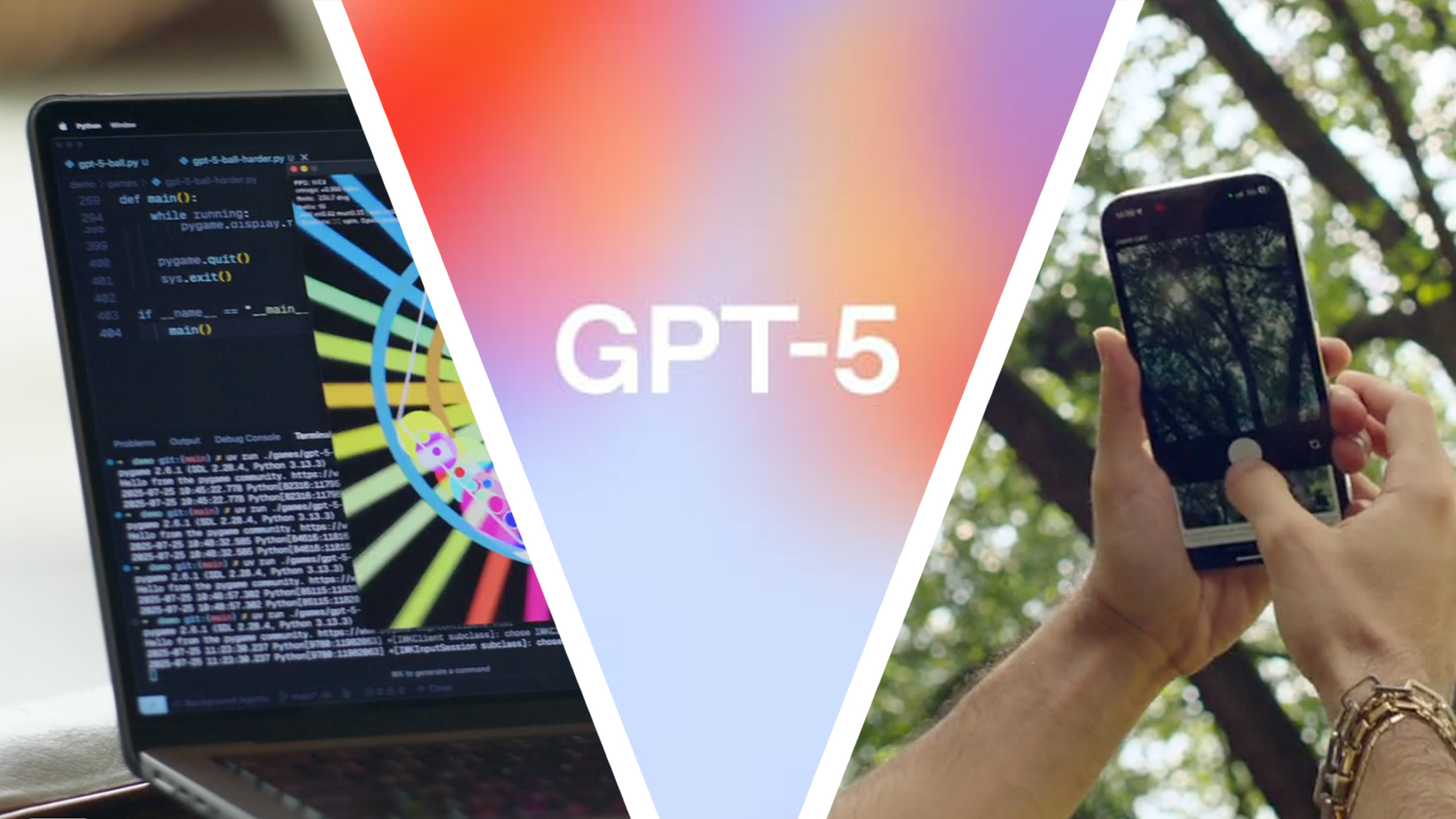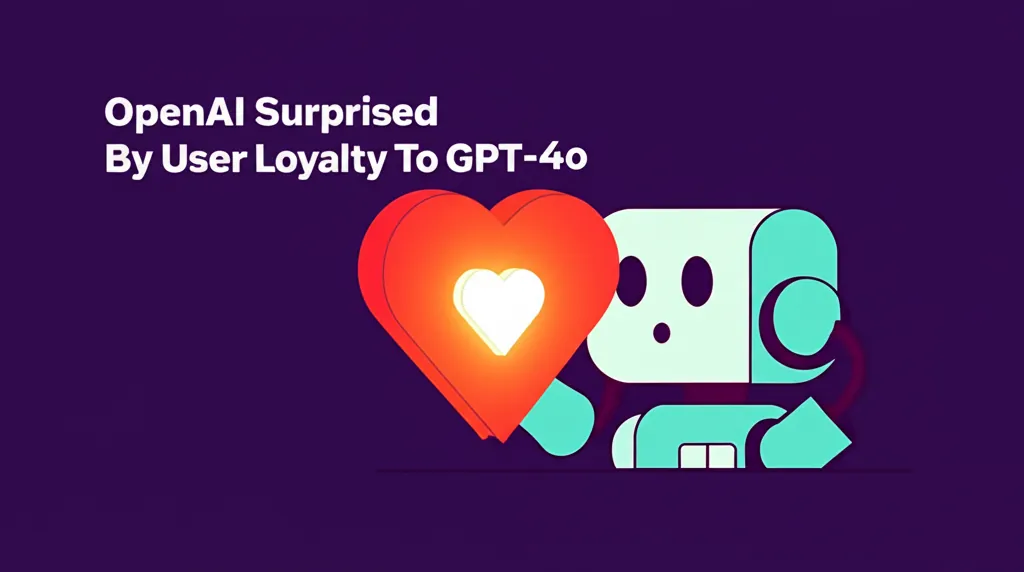Developer Offer
Try ImaginePro API with 50 Free Credits
Build and ship AI-powered visuals with Midjourney, Flux, and more — free credits refresh every month.
ChatGPT 5 A Hands On Comparison Of Its Three AI Models

Understanding the New ChatGPT 5 Trio
OpenAI's latest release, GPT-5, has been integrated into its popular chatbot, creating what is now known as ChatGPT 5. However, this isn't a one-size-fits-all update. Users are presented with three distinct model variations: Fast, Thinking, and Pro. You have the choice to select one manually or let the system automatically pick the best model for your specific prompt.
Each model, while built on the same foundational technology, offers a unique user experience.
- Fast: As its name suggests, this model prioritizes speed and efficiency, delivering quick responses that may lack the depth of its counterparts.
- Thinking: This version takes a more deliberate approach. It shows its logical steps as it formulates a response over a minute or two, providing more structure and context than the Fast model.
- Pro: The most powerful of the three, Pro uses significant computational resources to perform a deep dive into your request, similar to a detailed research function, but in a more direct conversational format.
To see how these differences play out in practice, I put all three models to the test with a few unique prompts.
Test 1 The Travel Planner

My first request was a classic travel planning task: “Help me plan a three-day weekend in Montreal with a mix of history, great food, and relaxed afternoons.”
-
Fast quickly generated a competent, if generic, itinerary. It listed popular spots like Notre-Dame Basilica and Schwartz’s Deli, presenting a functional plan that felt like a standard top-ten travel list.
-
Thinking provided a more thoughtfully structured schedule. Its response was organized logically, moving from a historical morning in Old Montreal to a specific lunch spot known for duck confit, followed by a scenic walk. The flow was much more natural.
-
Pro offered a response similar in depth to Thinking but with superior formatting. It used bullet points to provide multiple options for each time of day and included practical advice on transportation and what to order at recommended restaurants.
Test 2 The Science Explainer

Next, I asked for a simple scientific explanation tailored for a child: “Explain to a 9-year-old why leap years exist and make it accurate, fun, and under 100 words.”
All three models gave fairly similar answers. Thinking's response was accurate but didn't particularly stand out.
-
Fast used a great analogy, explaining that without a leap day, “the calendar would slowly drift, and summer might happen in December!” It called the adjustment a “little tune-up.”
-
Pro was the most creative, comparing the accumulated extra time to “saving up spare minutes until you earn an extra day of recess for the whole planet.”
Test 3 The Spoiler-Free Summary

For the final test, I set a challenge related to spoiler culture: “Summarize the main plot points of the first season of Game of Thrones without spoiling the ending.”
This nuanced task was designed to see how the models would handle sensitive information.
-
Fast played it very safe, providing a summary that barely moved past the events of the first episode.
-
Thinking gave a more detailed overview but avoided any major spoilers. It also injected a bit of humor, noting that in King's Landing, “palace schemers (hi, Littlefinger and Varys) stir the pot.”
-
Pro delivered a masterful response. It provided a detailed, compelling summary that was completely spoiler-free, perfectly capturing the intrigue of the season. The summary was so well-written it felt like it belonged on the back of a box set.
"Set in the feuding Seven Kingdoms, Season 1 opens with King Robert dragging his old friend Eddard “Ned” Stark south to serve as Hand... Intrigue, betrayals, and shifting loyalties converge as Ned’s findings collide with court politics, setting up a seismic power struggle—ending unspoiled here."
The Verdict Which Model Should You Use
The distinctions between Fast, Thinking, and Pro are tangible, though not always dramatic. For everyday queries, the speed of the Fast model is likely sufficient. For more complex topics requiring deep research or creative nuance, Thinking and Pro are better choices.
This multi-model approach helps explain why many users felt something was missing after the initial upgrade and asked OpenAI to bring back GPT-4o. While Pro is technically more powerful, GPT-4o often felt more natural and human-like in its responses. Thankfully, OpenAI has listened to user feedback, and you can now easily toggle back to GPT-4o within ChatGPT if you prefer.
Compare Plans & Pricing
Find the plan that matches your workload and unlock full access to ImaginePro.
| Plan | Price | Highlights |
|---|---|---|
| Standard | $8 / month |
|
| Premium | $20 / month |
|
Need custom terms? Talk to us to tailor credits, rate limits, or deployment options.
View All Pricing Details

